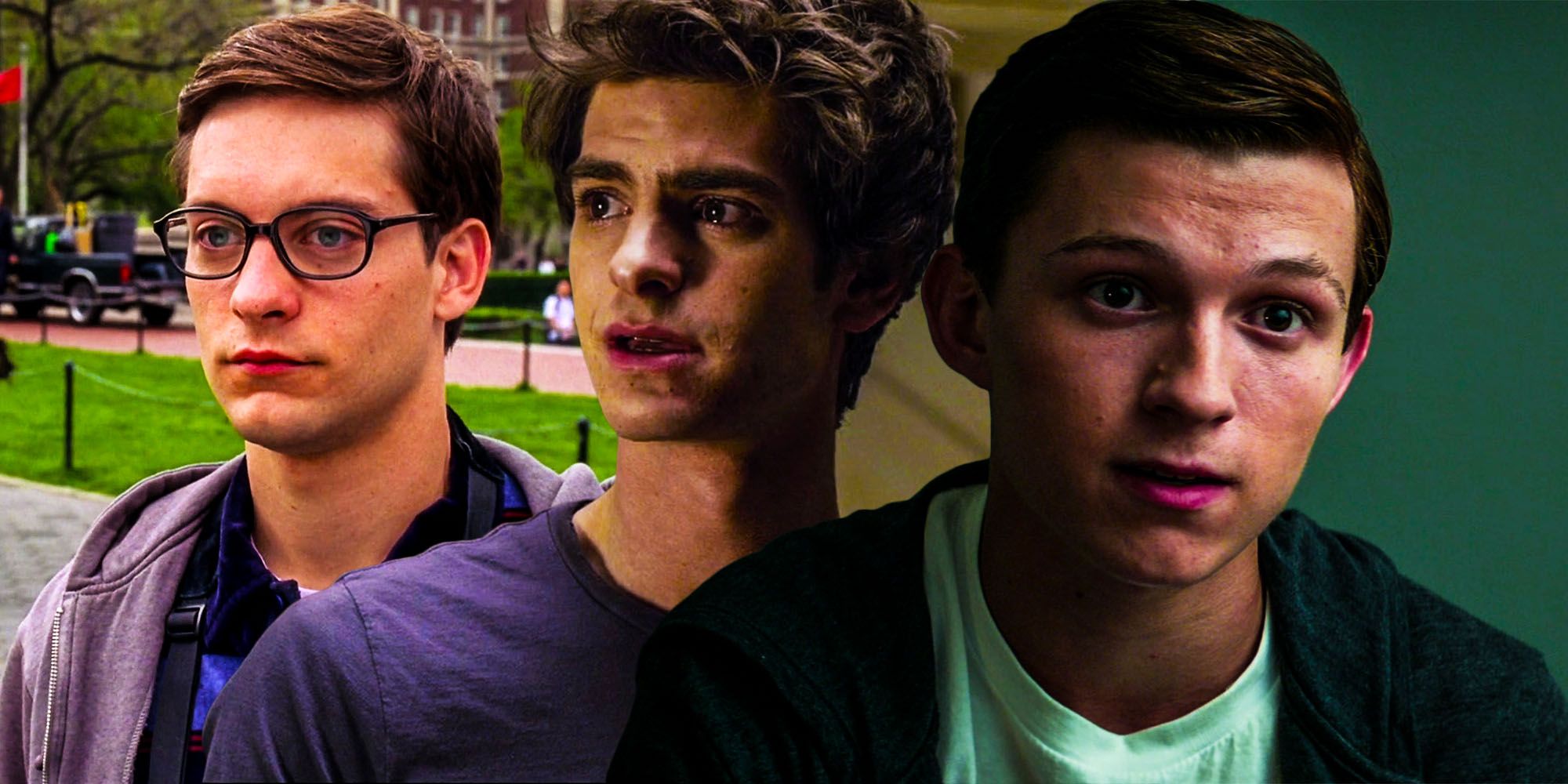
Spider-Man will return to theaters in his third MCU installment, Spider-Man: No Way Home, which may be the conclusion to Tom Holland’s Spider-Man film series and tie it together with the two previous movie timelines. Since 2002, the beloved Spider-Man comic books have been adapted to film in three different movie franchises, each with a unique take on Peter Parker and his superhero adventures. With decades of comic source material and multiple continuities to draw from, each Spider-Man film approaches the naturalistic superhero differently. Sam Raimi’s Spider-Man Trilogy, Marc Webb’s The Amazing Spider-Man duology, and the MCU’s films all left their mark on the character and each will have an impact on No Way Home in some way.
Debuting in 1962, Spider-Man is seen by many as Marvel’s flagship character. Co-created by Stan Lee and Steve Ditko, Spider-Man is intended to be a realistic take on superhero fiction. With Peter and most of his supporting cast (and adversaries) being written as ordinary people above all else, coming into contact with being possessing outlandish powers (or obtaining them) and reacting realistically. Stan Lee gave Spider-Man many nicknames throughout his history, but perhaps the most fitting was “the superhero who could be you.” Very little separates Peter Parker from an ordinary New Yorker, other than his superpowers and double life.
No Way Home is set to conclude Tom Holland’s Spider-Man film series, but it’s also strongly rumored to include the previous two live-action incarnations of the web-slinger. Since the early days of its development, fans have hypothesized that Tobey Maguire and Andrew Garfield would reprise their career-defining roles as Spider-Man in the final Tom Holland film. When the first trailer for No Way Home was released, what might have been wishful thinking once was now near-certainty. A pumpkin bomb from the Raimi Trilogy and Alfred Molina’s Doctor Octopus both appeared in the trailer, confirming that elements from previous Spider-Man franchises would be coming back, making all Spider-Man films essential to view before No Way Home.
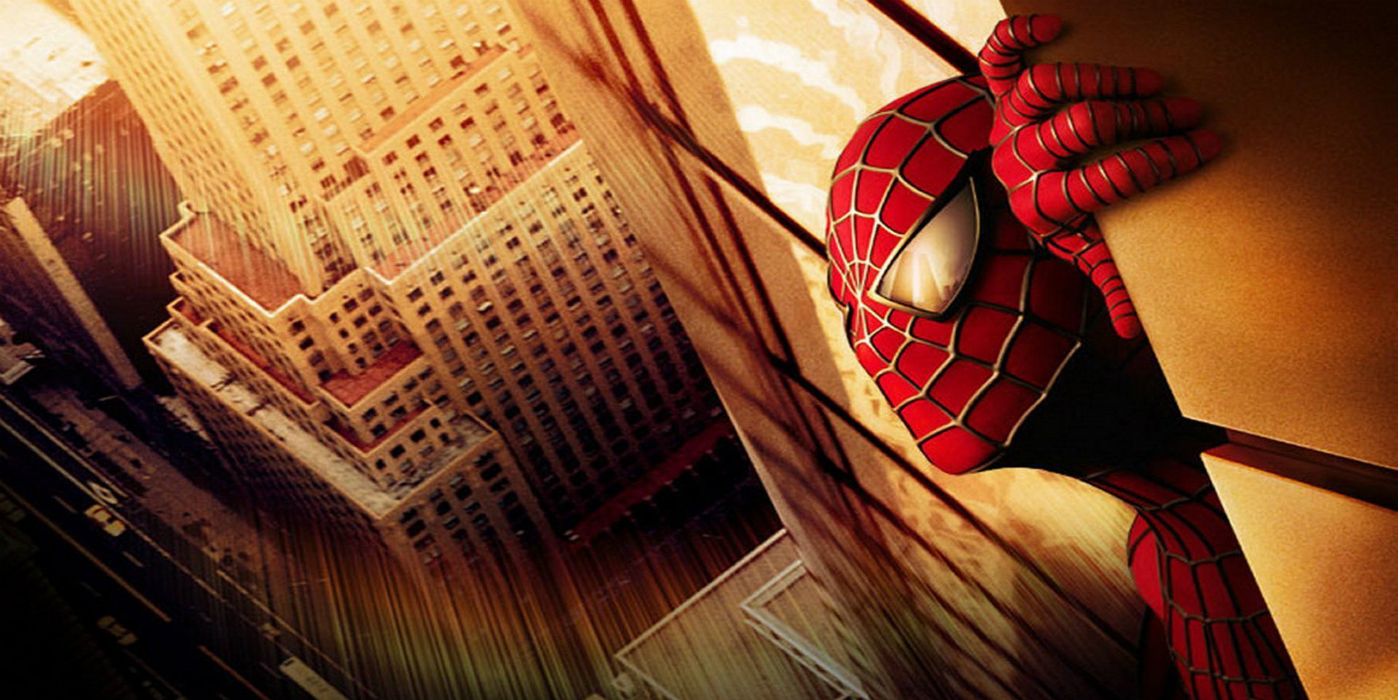
Sam Raimi’s first Spider-Man film was groundbreaking for both the titular character and the superhero genre itself. Following the widely successful Blade and X-Men films, Sam Raimi brought the superhero film genre to new heights in 2002 with Spider-Man’s flawless mixture of verisimilitude, emotional sincerity, and comic book accuracy. Much of the film adapts Spider-Man’s Amazing Fantasy debut directly. Spider-Man’s origin is his most essential story, as Peter learns, tragically, that if he doesn’t use his power responsibly, people will suffer, including his loved ones. With Willem Dafoe’s perfectly deranged performance as Norman Osborn (the Green Goblin) and the earnest humanity of Tobey Maguire and Kirsten Dunst’s Peter Parker and Mary Jane Watson, Spider-Man elevated superhero films to new heights and set the tone for Raimi’s Spider-Man franchise.
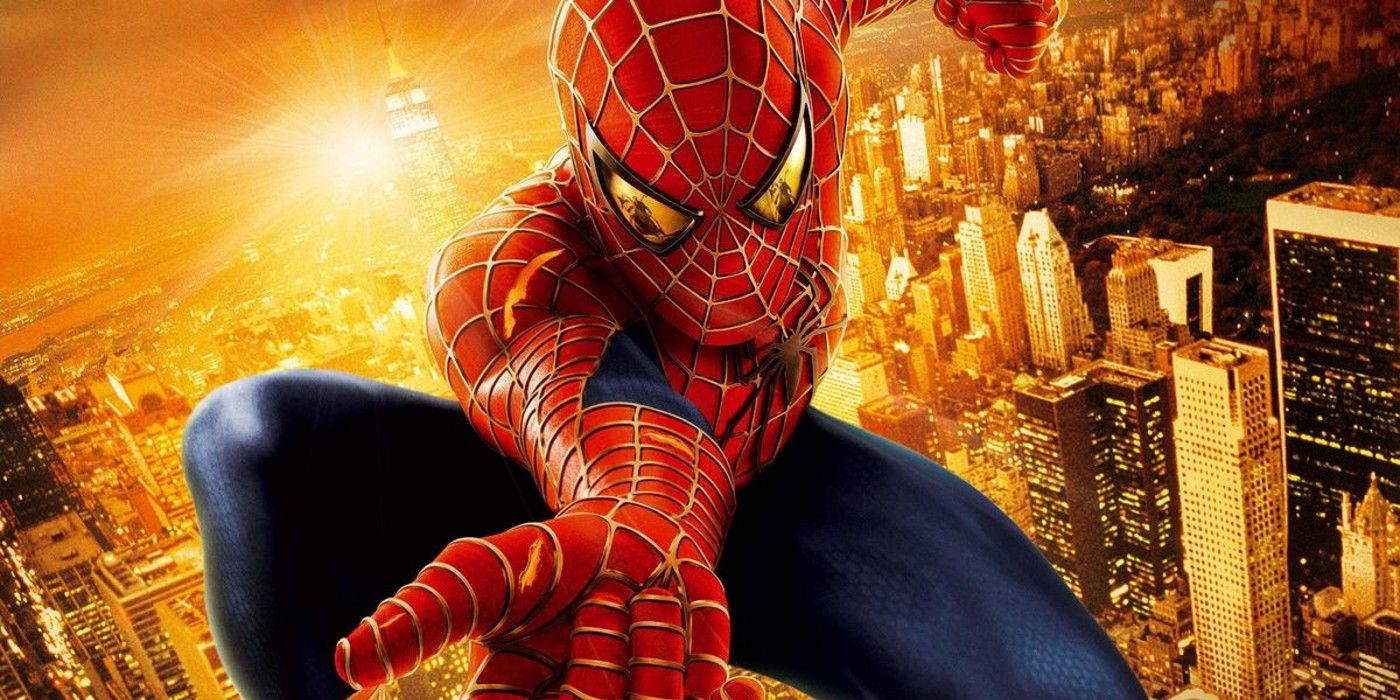
In a seamless continuation of his first film, Sam Raimi emphasized the impact that a double life as a superhero has on a normal person in Spider-Man 2. Having accepted his responsibility as Spider-Man, Peter Parker now struggles to make ends meet, constantly showing up late to work and class and disappointing his loved ones because of his self-imposed duty. Spider-Man 2 is, ultimately, a love story. Peter and Mary Jane’s relationship is the heart and soul of Raimi’s trilogy, and Spider-Man 2 develops it best, with Mary Jane realizing her dream of becoming an actress and Peter finding a balance between his two identities at the end. Spider-Man 2 is considered by many to be the best Spider-Man film to this day, and it remains one of the genre’s best examples of how to craft heroes and villains who are, ultimately, human.
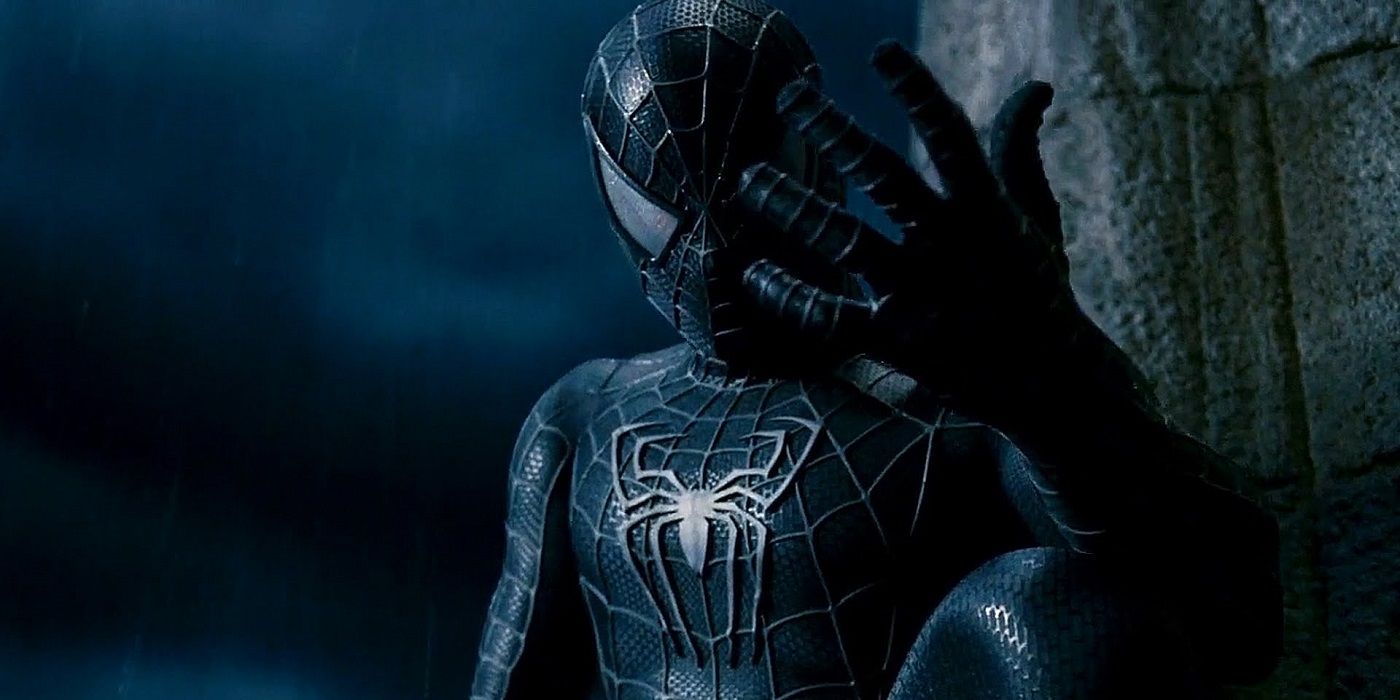
Sam Raimi’s Spider-Man Trilogy concluded with 2007’s Spider-Man 3, which introduced the symbiote suit from the comics to Raimi’s continuity. Although Spider-Man 3 didn’t receive the same overwhelmingly positive reception as its predecessors, it continued to emphasize the humanity of Peter Parker and Mary Jane Watson, showing their relationship issues (and how they didn’t all stem from Peter’s double life). Like its predecessor’s Spider-Man 3 takes the most comic inspiration from the classic 616 Marvel universe, remaining true to the spirit of Lee and Ditko’s concept of a superhero who was (and still is) an ordinary person. Spider-Man 3 ended with the tragic death of Harry Osborn and the loose ends of Uncle Ben’s death tied up, with Peter and Mary Jane repairing their relationship in the final scene.
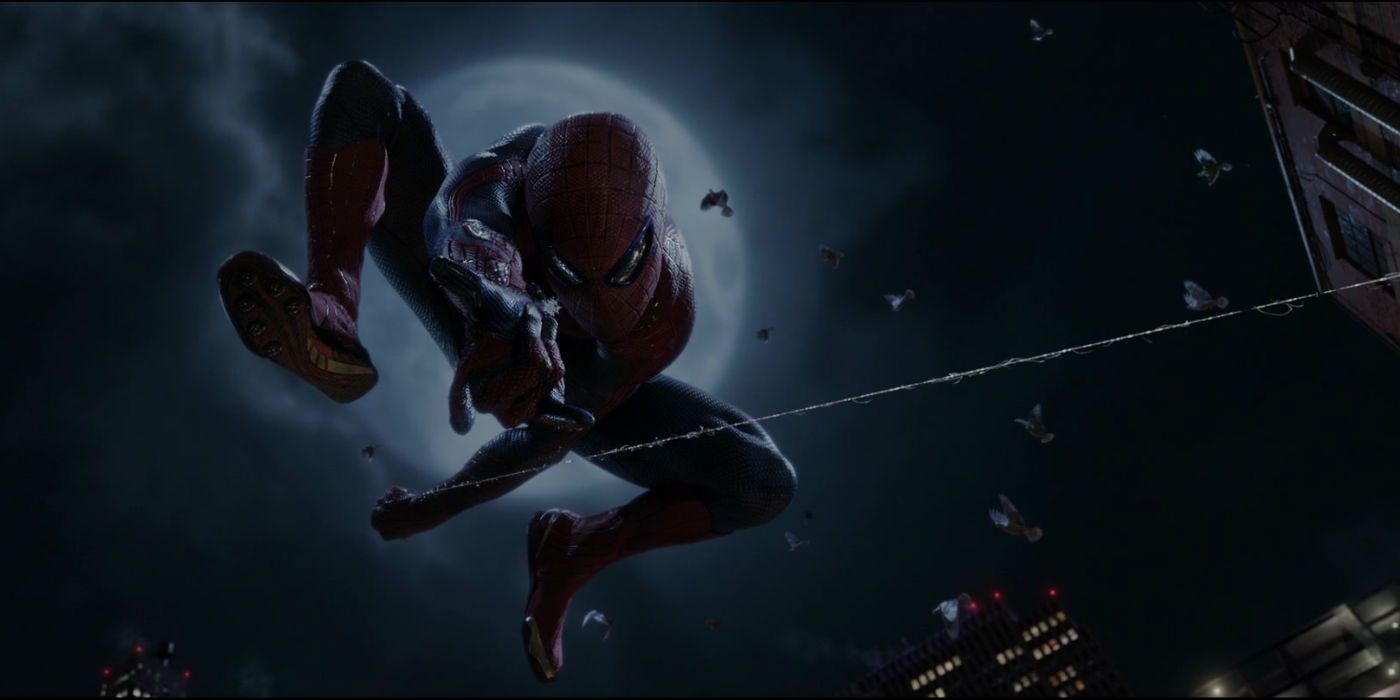
Marc Webb rebooted the Spider-Man film series in 2012 with The Amazing Spider-Man. Starring Andrew Garfield as Peter Parker and Emma Stone as Gwen Stacy, Webb’s film series stayed true to the spirit of Spider-Man but took inspiration from a different era of the comics. While Sam Raimi’s trilogy was more like the classic 616 Marvel comics, Webb’s version was closer to the Ultimate Spider-Man comics of the early 2000s. Here, Peter Parker explored the mystery of his biological parents while coming to terms with powers gained from an Oscorp spider. Like Raimi’s films, Webb put Peter’s love life front and center, and the chemistry between Andrew Garfield and Emma Stone was adored by viewers.
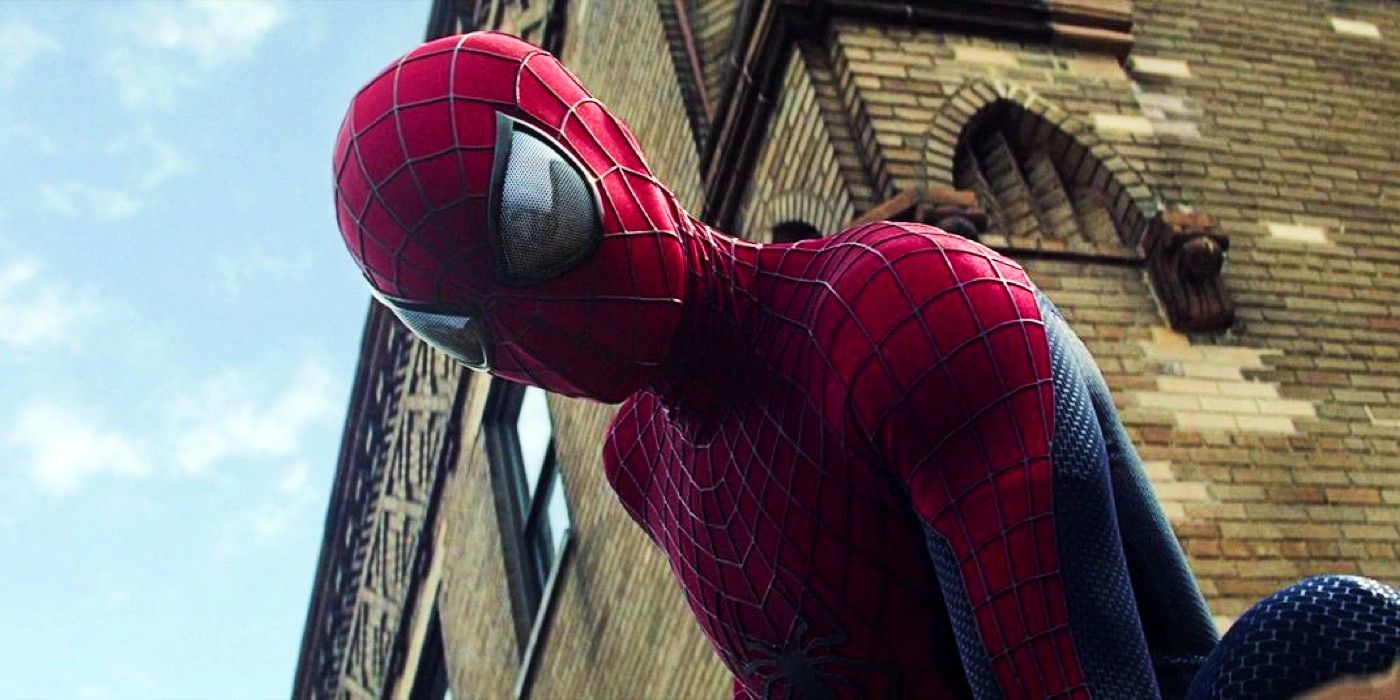
Marc Webb’s second film continued to explore the mystery of Peter Parker’s parents, but it also strived to set up a future of Spider-Man spinoff films and sequels involving the Sinister Six. Like Spider-Man 3, The Amazing Spider-Man 2 had a mixed reception due to its ambitious amount of character and plot threads. Nevertheless, the film kept Peter and Gwen’s relationship at the forefront, delivering a heartbreaking reimagining of the famous death of Gwen Stacy from the Gerry Conway era of the comics.
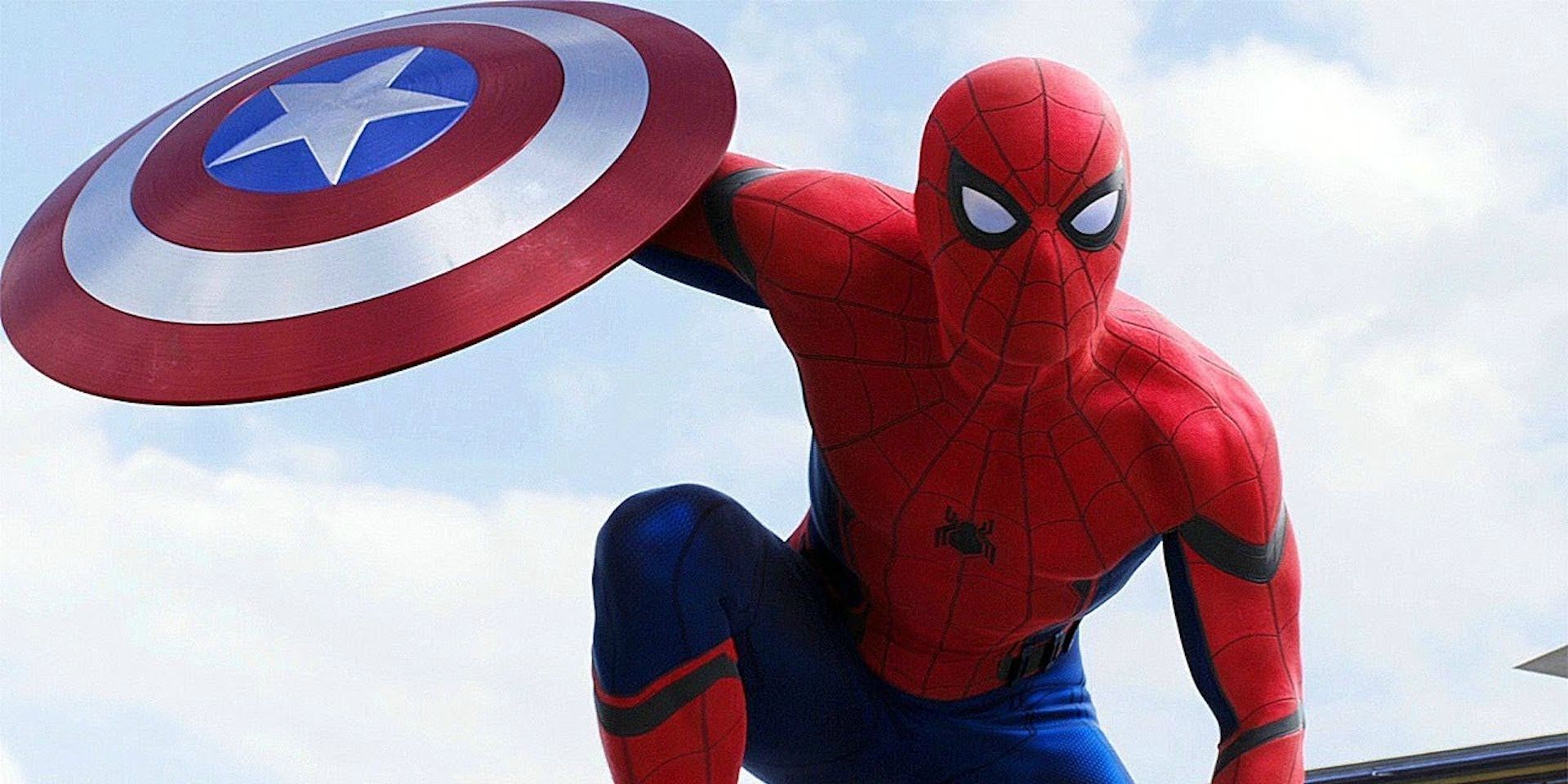
Spider-Man was rebooted yet again in 2016, only this time, Peter Parker joined the Marvel Cinematic Universe. While still a Captain America-focused film, Captain America: Civil War saw the fracturing of the Avengers and the feud between Steve Rogers and his friend, Tony Stark reach its peak. In the process of building his Avengers team, Tony Stark recruited Peter Parker, now played by Tom Holland. Holland’s iteration of Spider-Man was only a supporting character in Civil War with little to distinguish him from the previous two iterations, other than a technologically advanced Spider-Man suit, courtesy of Tony Stark.
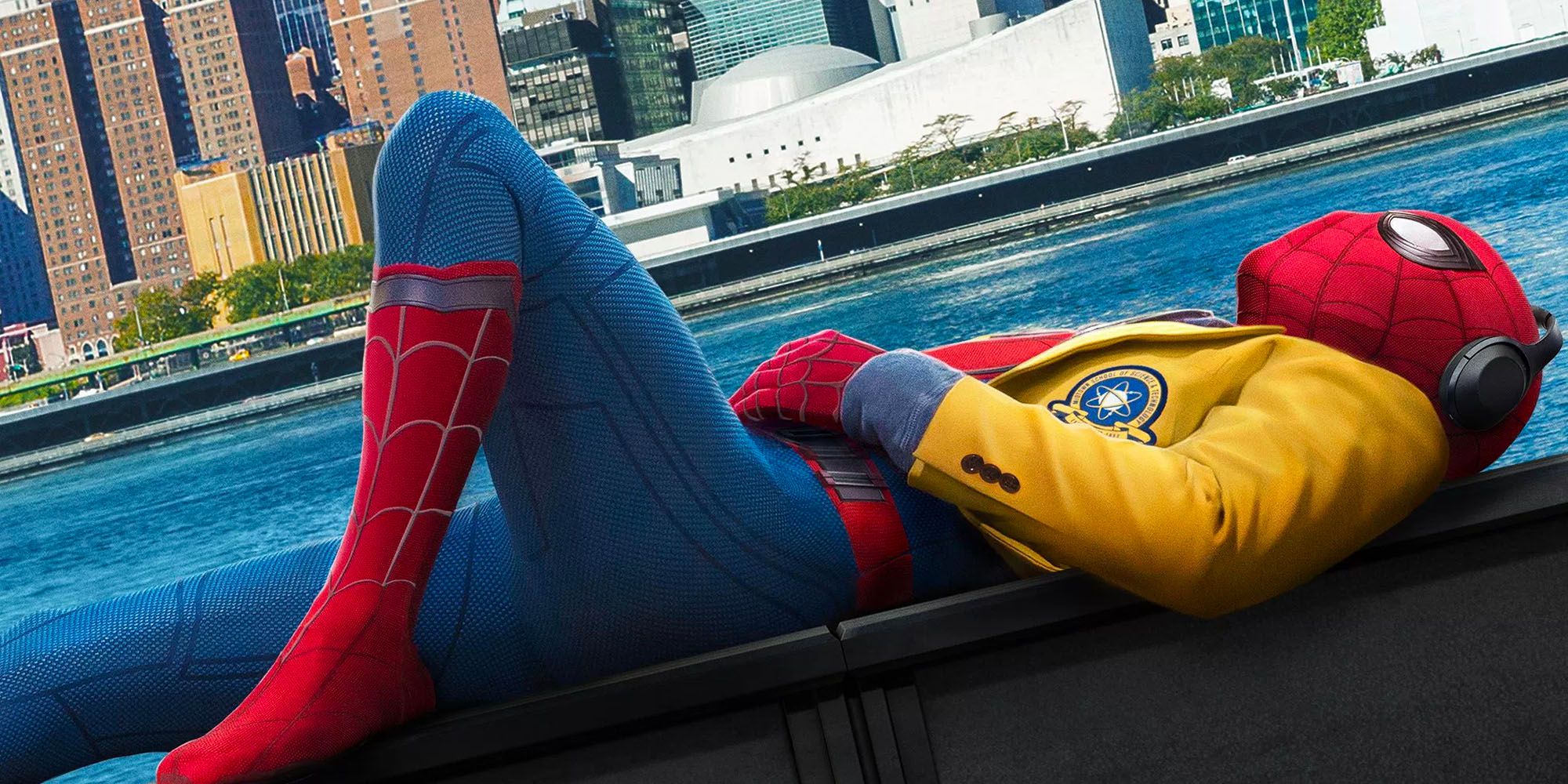
In his first MCU solo film, Tom Holland’s Spider-Man was front and center in Spider-Man: Homecoming. While Tobey Maguire’s Spider-Man was a perfect adaptation of Marvel’s mainstream comics version and Andrew Garfield the Ultimate Marvel iteration, Tom’s Peter Parker had to take a completely different approach to the web-slinger. For better or worse, Tom’s Spider-Man changed numerous intrinsic elements from all comic iterations of Spider-Man. Peter Parker is supposed to be a loner and a deliberate rejection of the “teenage sidekick” archetype, but Tom’s Peter was reliant on Tony Stark for most of the film, only learning self-reliance at the end of his arc. Nevertheless, Homecoming had a stellar supporting cast and villain with whom Tom Holland had excellent chemistry.
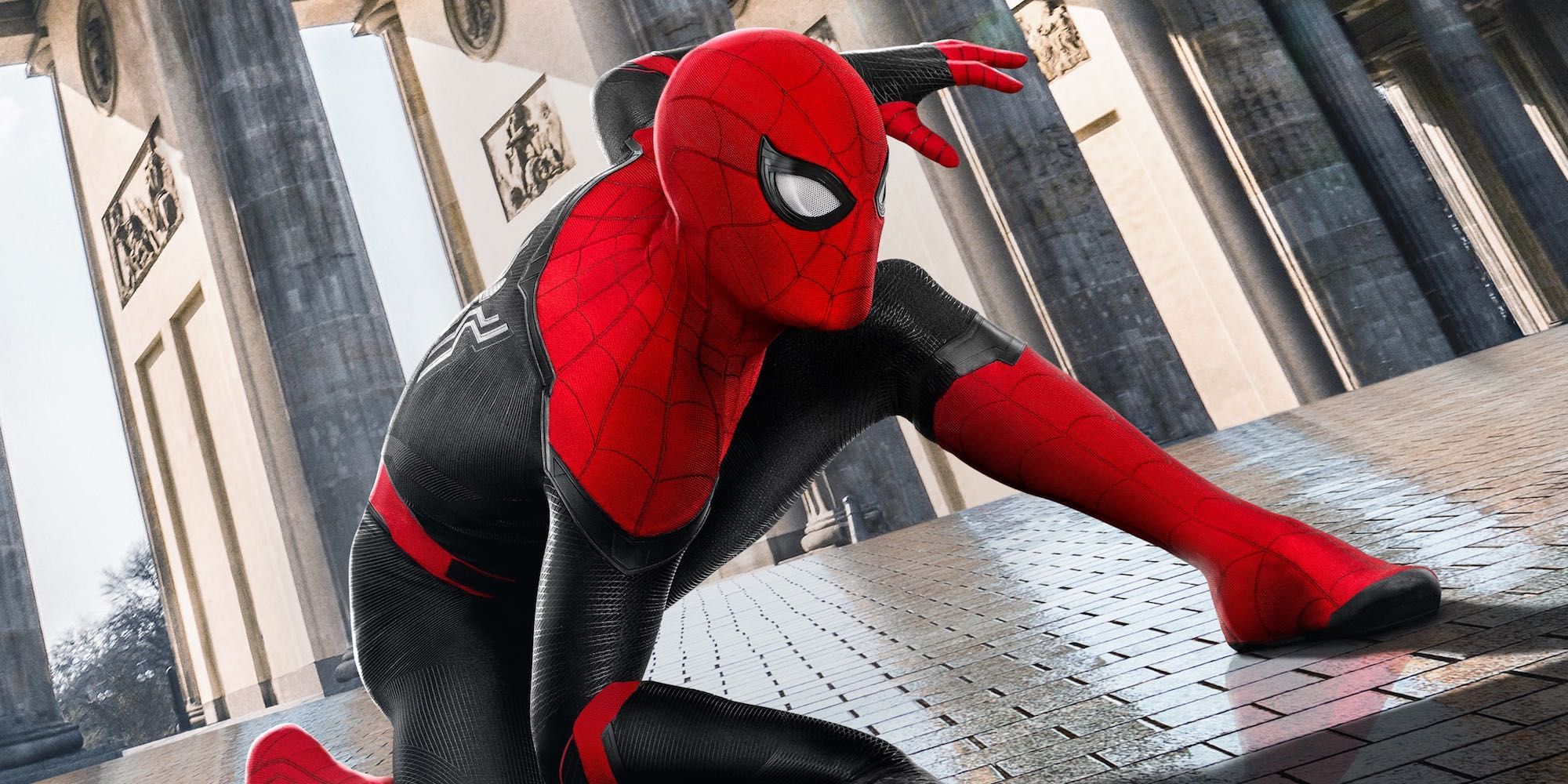
In the aftermath of Avengers: Endgame Tony Stark’s death left a lasting impact on the MCU, especially Peter Parker, who struggles to fill his shoes in Spider-Man: Far From Home. Tom Holland’s second solo film continues to showcase his likable portrayal of Peter Parker and his cast of supporting characters, but it also continued many of the same issues as Homecoming. Tom’s Spider-Man continues to live in the shadow of Tony Stark, having yet another character arc in which he learns to be his own hero instead of the next Iron Man, something that the Peter Parker of the comics and both previous movie iterations would have never needed to learn. Despite his fundamental differences from the source material, the MCU’s Spider-Man is sure to have an exciting new outing in No Way Home, especially if he ends up meeting the previous two movie versions of Spider-Man.
No comments:
Post a Comment